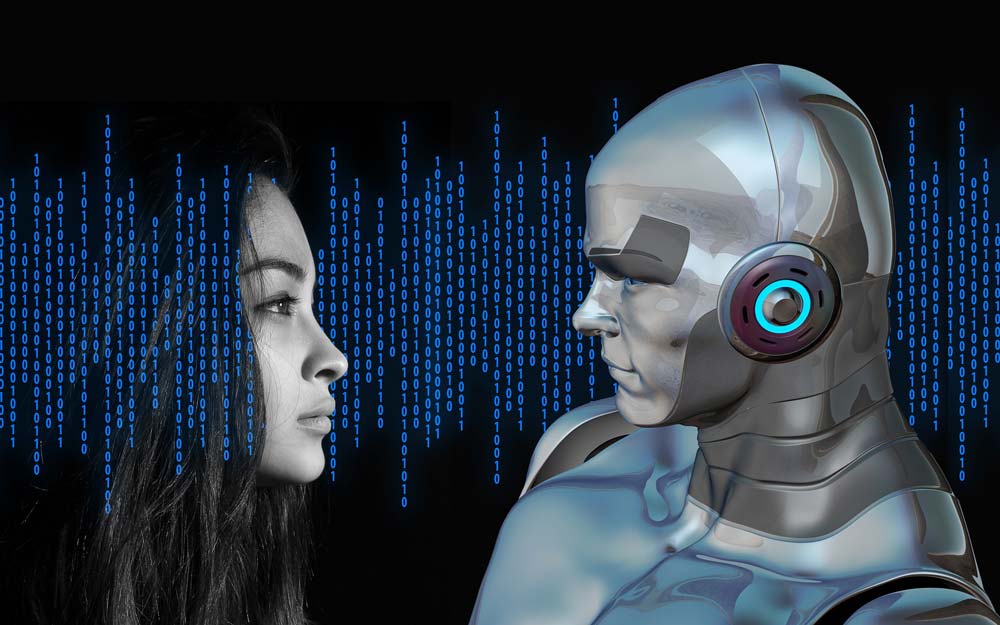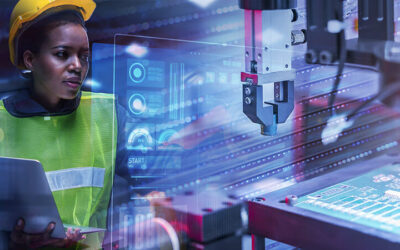Augmenting humans with robots is a great way to help them do difficult work while staying safe. Currently, many jobs require humans to do back-breaking manual labor, which can be damaging over time. Robotics, however, are the future of work. For instance, robots can fix damaged pipe systems without threatening human life. However, humans aren’t yet quite ready to replace humans in such dangerous jobs. Here are the benefits of augmenting humans with robots.
The current shortage of labor in many countries is one of the main reasons that robots are being implemented. In South Korea, for example, a large portion of the labor force is employed in the automobile industry, which accounts for 30 to 60 percent of the demand for robots. But China, a lagging nation, has a thriving automobile industry, and has started using robots to produce hamburgers. However, such practices require less human contact with customers.
For robots to move, they must have some form of movable frame. These are called actuators and consist of motors. They receive signals from the control system and then move in tandem to complete their task. Actuators can be made of different materials, but are usually powered by compressed air or oil. In the future, robots may even be able to fire weapons without human command. In the meantime, the development of autonomous, self-driving cars, such as autonomous vehicles, will be greatly increased.

The manufacturing industry is a dangerous environment. Robots are frequently used in manufacturing industries to help with assembly and other factory jobs. They also have sophisticated vision systems and force-sensing mechanisms. This level of precision is necessary to keep everyone safe. These robots can rotate items on conveyor belts and assemble cars. The use of robots in manufacturing is becoming increasingly popular. The applications of robotics are vast and diverse, and more companies will start adopting them.
Humanoid robots can act like people. Sophia, Hanson Robotics’s first robot, can walk, talk, and understand emotions. Sophia was recently appointed as the world’s first robot innovation ambassador to the United Nations Development Program (UNDP). On the other hand, autonomous robots are designed to perform specific jobs. Self-driving cars are one such example. The technology is still in its early stages, but it is certainly a great step in the right direction.
Consumer robots include robots that do chores and fun tasks, such as the Roomba vacuum. AI-powered robot assistants are also becoming more common. Many militaries have already begun using robotics in their operations. Packbots, for instance, are used by the Japanese to help search for survivors in disaster zones. And, in security applications, there are also robots called drones, such as the DJI Phantom series and Parrot Anafi.
In addition to using artificial intelligence and machine learning to accomplish tasks, robots are equipped with sensors that provide information and allow them to act based on that data. They can measure various elements in their environment and give the controller instructions. They can also provide real-time information about safety and malfunctions. The benefits of these technologies go beyond simple repetitive tasks. In fact, these robots can even have human-like senses. If you’re interested in learning more about the benefits of robotics, read on!





